Filter by category:
Filter by group:
 | Nitric acid (alternate) An 18th century chemical symbol for nitric acid. |
 | Arsenic sulphate (alternate) An alchemical symbol for the compound arsenic sulphate. |
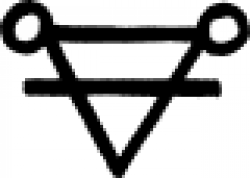 | Clay (alchemy) An 18th century chemical symbol for clay (also known as 'agrilla'). |
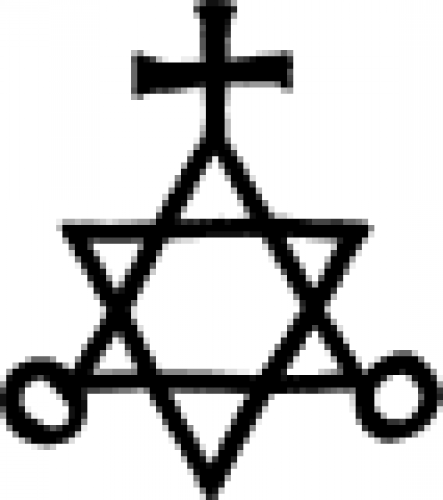 | Coal (alchemy) A symbol used to represent coal (also known as 'carbo') in 18th century chemistry. |
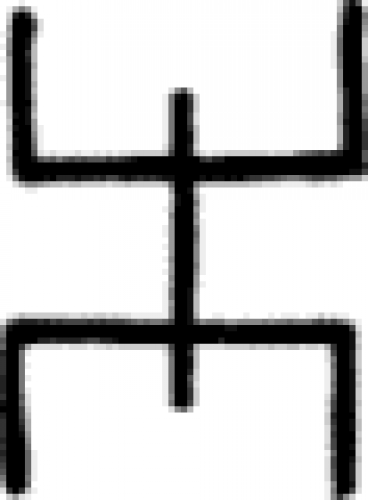 | Val Camonica A Bronze Age symbol carved on the face of Val Camonica in the southern area of the Alps (Italy). One possible interpretation of this family of symbols ('Val Camonica #2' and 'Val Camonica #3') is of … |
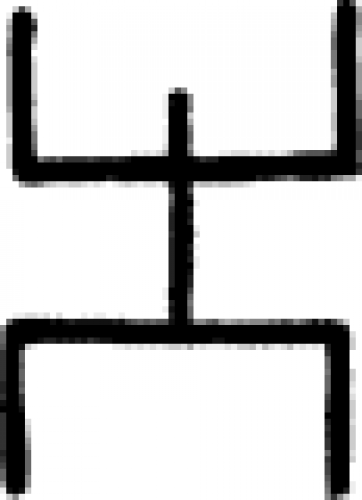 | Val Camonica #2 A Bronze Age (roughly 800 B.C.E.) symbol carved on the face of Val Camonica in the southern area of the Alps (Italy). One possible interpretation of this family of symbols ('Val Camonica' and 'Val Ca… |
 | Val Camonica #3 A Bronze Age (roughly 800 B.C.E.) symbol carved on the face of Val Camonica in the southern area of the Alps (Italy). One possible interpretation of this family of symbols ('Val Camonica' and 'Val Ca… |
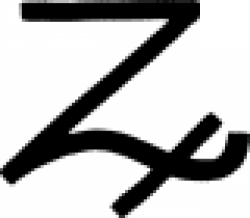 | Zinc (alternate #1) An alchemical symbol for the metal zinc. |
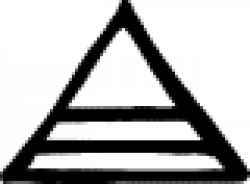 | Mix (alternate #2) An alchemical symbol used to indicate a mixture. |
 | Glass (alternate #3) In 17th century chemistry, this symbol represented glass. |
 | Pointless In the French system of hobo signs, this symbol indicated that it was no use trying to get inside the present location. |
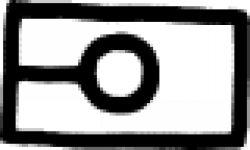 | Wind furnace (alchemy) An alchemical symbol indicating a wind furnace (also known as a wind forge). |
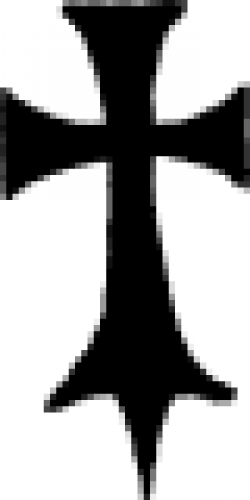 | Crete A symbol discovered on the wall of an ancient building on the Greek island of Crete. Dated to 400 B.C.E. No contextual information known at this time. |
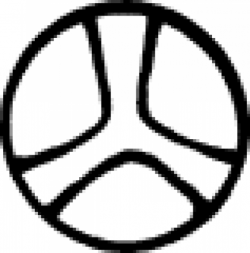 | Toulouse Although it strongly resembles the logo of the car manufacturing company Mercedes-Benz, this symbol was actually discovered on a Bronze Age altar in Toulouse, France. No contextual information is kno… |
 | Staff of Adad Possibly representing stylized bolts of lightning, this symbol was associated with Adad, the Babylonian storm god. |
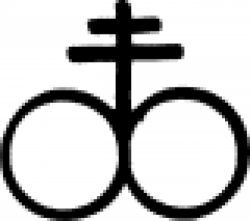 | Black sulphur or brimstone A symbol that represents black sulphur (aka black mercuric sulphide), as well as brimstone, in alchemy. |
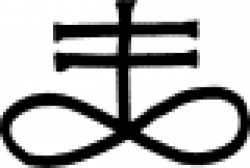 | Black sulphur or brimstone (alternate) A symbol that represents black sulphur (aka black mercuric sulphide), as well as brimstone, in alchemy. |
 | Haute-Garonne #1 A symbol discovered on the wall of the Marsoulas cave in Haute-Garonne, southwestern France. No contextual information is known at this time. |
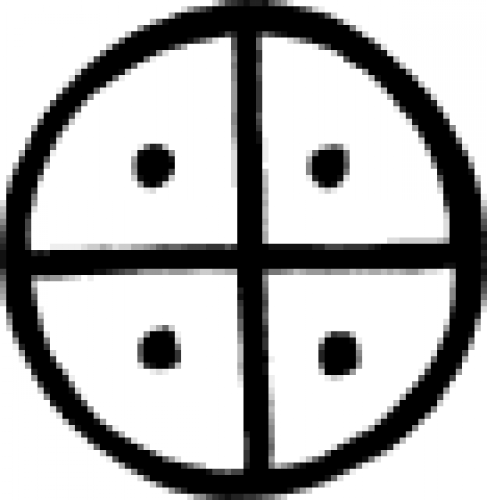 | Saffron (alchemy) A symbol occasionally used by alchemists to indicate saffron. |
 | Val Camonica #5 A Bronze Age (roughly 800 B.C.E.) symbol carved on the face of Val Camonica in the southern area of the Alps (Italy). No contextual information is known at this time. |
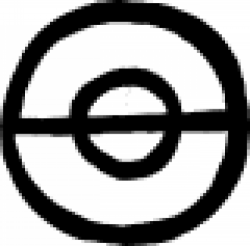 | Soap (alternate) An 18th century chemical symbol for soap. |
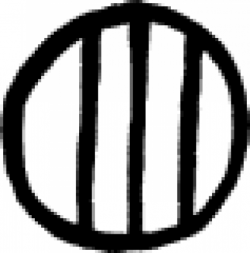 | Pedra do Ingá #1 A symbol carved on the famous Ingá Stone in northeastern Brazil. |
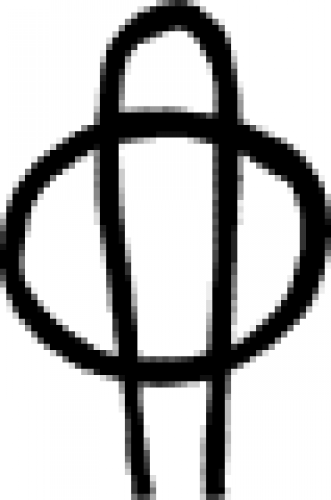 | Pedra do Ingá #2 A symbol carved on the famous Ingá Stone in northeastern Brazil. |
 | Painted Cave A symbol from the Painted Cave area near Santa Barbara, California, likely created by the Native American Chumash people. No contextual information known at this time. |
 | Glue (alchemy) A symbol used in alchemy to indicate glue. |

